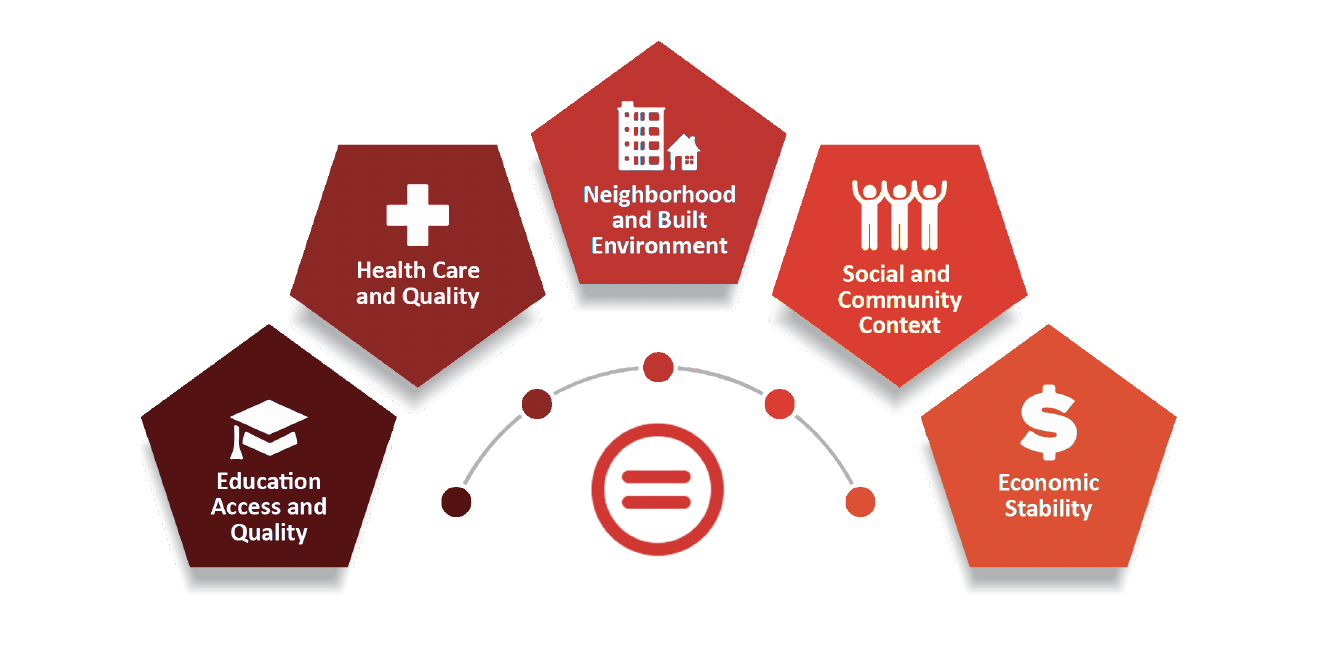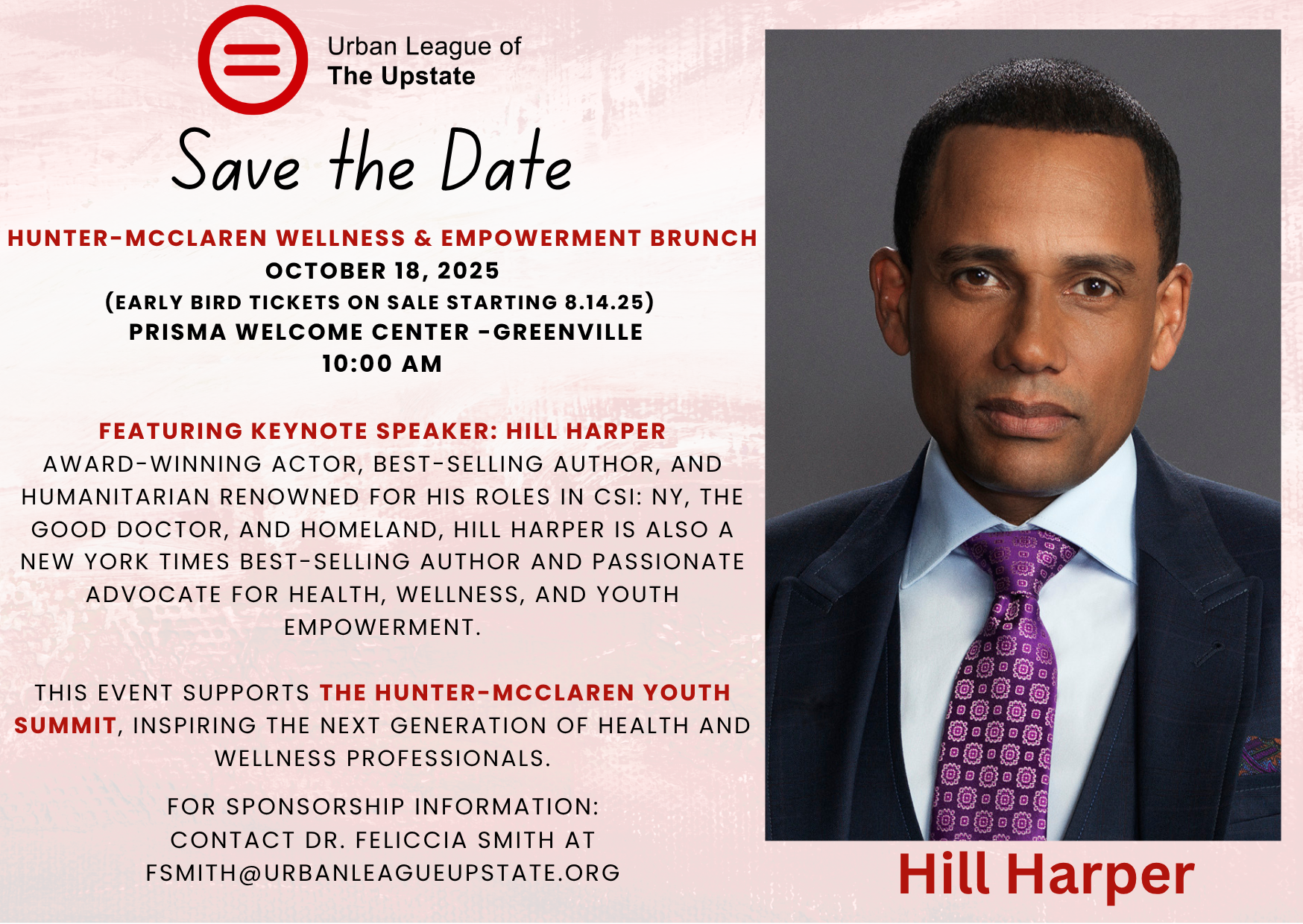Understanding Health Inequity: The Core Problem
Discrimination, racism, and inequity in healthcare for people of color is nothing new. It has been a crisis in our country for centuries. From birth to the end of life, the statistics paint a sobering picture. Black babies are more than twice as likely to die before their first birthday compared to white infants. Black men have the lowest life expectancy of any demographic group in most cases. Diseases like diabetes, heart disease, stroke, and certain cancers exact a merciless toll on the Black population.
The roots of these health inequities run deep, a toxic confluence of socioeconomic factors, implicit biases in healthcare delivery, and the intergenerational impacts of structural racism. Poverty, lack of insurance, poor access to quality care, and environmental stressors all contribute to making Black citizens sicker on a population-wide level.
That’s just the grim reality (you can read more about how these statistics are localized in four vignettes on our Case for Support).
But health inequity isn’t just a medical issue–it’s one that undermines the social fabric and economic potential of entire communities. When a population is disproportionately burdened by illness, disability, and premature death, the human and financial costs are staggering not just for families, but for society as a whole.
We try not to sit in the darkness of these truths but instead, to consider what might be possible to enact change.
The Urban League of the Upstate (ULUS) has reorganized its work so that it is both nationally aligned and locally relevant, focusing on the National Urban League’s signature programs to enhance health and quality of life for the underserved. The National Urban League is laser-focused on Health Equity as a key initiative, supporting local efforts through funding, advocacy, and programming.
That is where the important work of The McClaren Institute for Health & Quality of Life comes into play. The McClaren Institute for Health & Quality of Life will focus on addressing healthcare and wellness disparities for Black people and the underserved living in the Upstate of South Carolina by emphasizing programs around the five social determinants of health: education access and quality, health care access and quality, neighborhood and built environment, social and community context, and economic stability.
[/et_pb_text][/et_pb_column][/et_pb_row][/et_pb_section]




